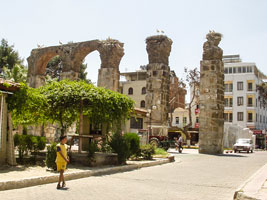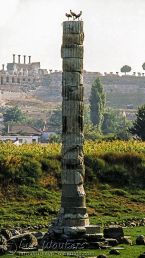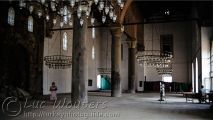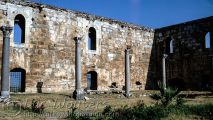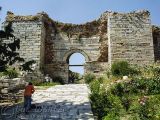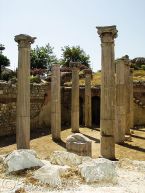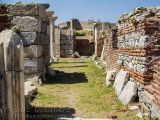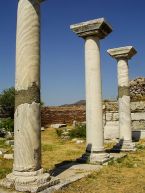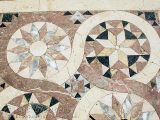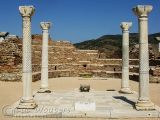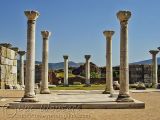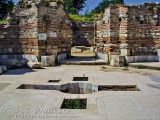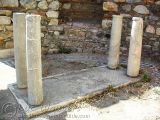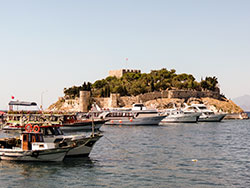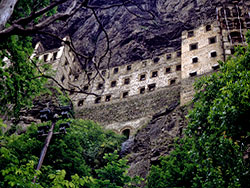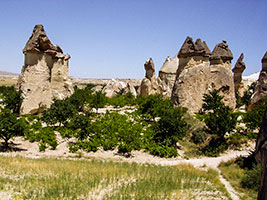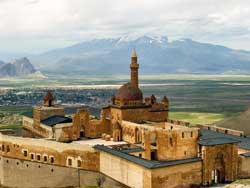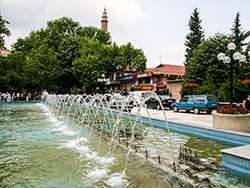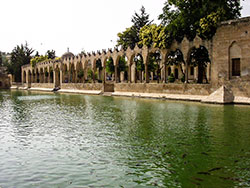A few decades ago, Selçuk was a laid-back farming town. However, the proximity of the ruins of Ephesus and the presence of good-value accommodation have put it on the map of tour operators and backpackers. However, Selçuk's tourism industry is of a much smaller scale than the one at nearby Kuşadası.
History of Selçuk
Although there are signs of a settlement as early as 2000 BCE, the town started to flourish during the 5th century CE, after the harbour of Ephesus had silted up. The Byzantines named it Agios Theologos after St. John the Evangelist in whose honour the Emperor Justinian had erected a Basilica. The name Agios Theologos got corrupted to Ayasoluk, under which it was known in the Ottoman Empire. In 1914, the name of the town was changed to Selçuk, after the Seljuk Turks.
Sight & Photos of Selçuk
Apart from the ruins at Ephesus, Selçuk itself has plenty of worthwhile attractions and many are topped with picturesque stork's nests. To name few, there is the Roman/Byzantine aqueduct, the single remaining pillar of the Temple of Artemis, one of the Seven Wonders of Antiquity, Isa Bey Camii one of the oldest mosques of Anatolia, the ruins of the Byzantine Basilica of St. John the Evangelist, and the fortress of Ayasoluk.
It is presumed that the apostle John was buried in the cathedral. In the mountains nearby, there is Meryemana, the so-called house of the Virgin Mary. All these biblical places make Selçuk extremely popular among Christian tourists and it is included in most Biblical tours.
https://www.turkeyphotoguide.com/selcuk#sigProIdafc19831bf
Travel Information & Travel Tips
There are dolmuşes to and from Kuşadası every 20 minutes.
The sandy beach of Pamucak is one of the longest in Turkey (12 km). The Anatolian-Greek village of Şirince, up in the hills at 9 km from Selçuk, is certainly worth visiting.

